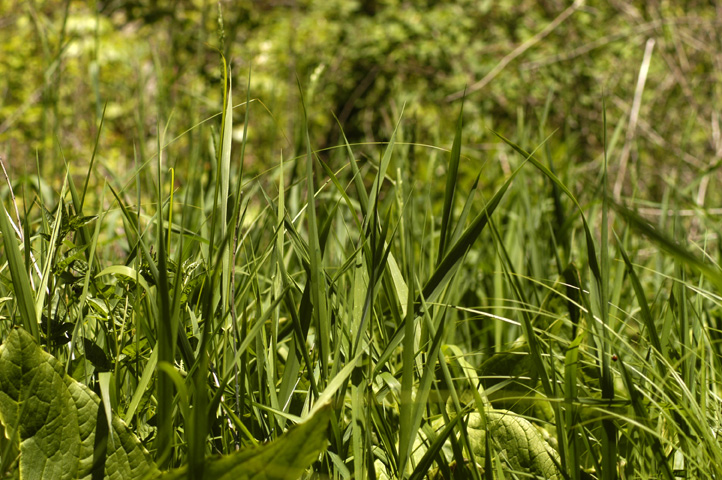Reed Canary Grass
According to the Ohio Department of Natural Resources, reed canary grass is a large, coarse grass that grows from two to seven feet tall. The erect, hairless stem leads to rough-textured, tapering leaves of three and a half to ten inches long and 1/4 to 3/4 inch wide. Reed canary grass is one of the first grasses to grow in the spring, and it produces compact panicles that are either erect or slightly spreading and range from three to 16 inches long. From May to June, green or purple flowers occur in dense clusters then age to beige, and shiny brown seeds ripen in late June.
Hand-pulling of the entire plant and proper disposal is effective for small populations, according to the Ohio Department of Natural Resources. Repeated cutting or moving is effective. Foliar application of systemic herbicides can be very effective when applied in early spring or late fall, but the most effective treatment time occurs after flowering/seed set and before the plant goes dormant for the winter. A sticking agent is required for the herbicide to be most effective. Removing the previous year’s growth and exposing the new green shoots also increases the effectiveness of the herbicide. Herbicide can be applied after mowing the grass in the fall.
Reed canary grass can invade most types of wetlands as well as disturbed upland areas, according to the Ohio Department of Natural Resources. The grass is difficult to kill because large seed banks and far-reaching root systems allow its re-colonization of sites.

